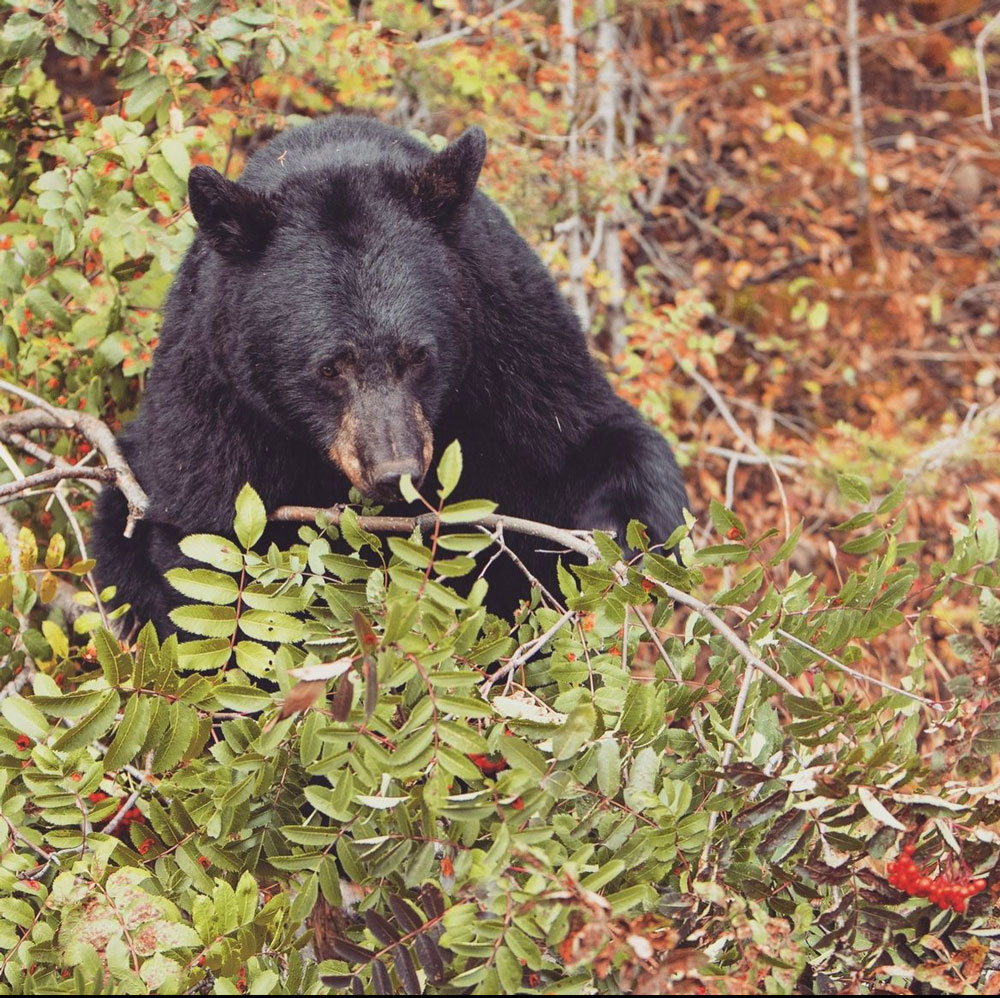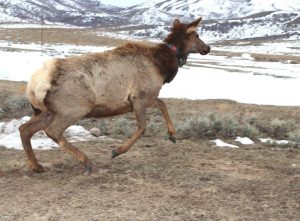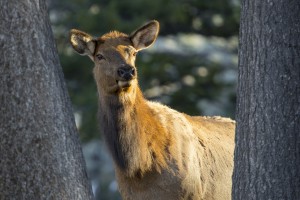While other states bicker over hunting seasons (NJ, FL and others), Vermont is quietly celebrating the healthiest level of black bear populations the state has seen in five years.
Estimating statewide populations to be between 7,000 and 8,500 bears, Vermont Fish & Wildlife Black Bear Project Leader Jaclyn Comeau is calling the population levels “robust” and is trusting the confluence of both conservation efforts and regulated hunting seasons.
“It is important to look at the 2022 population estimate as part of the typical cycles of growth and decline in a bear population that is stable over the long term,” said wildlife biologist and Black Bear Project Leader Jaclyn Comeau. “The 7,000 to 8,500 bear estimate for 2022 is a five-year high. We will be watching closely in the coming few years to see if the population drops as we have seen it do before, after high years in previous cycles.”
Despite healthy numbers, Comeau maintains that there will be no changes to hunting seasons or tag allocation at this time. The plan is simply to stick with the plan, relying on tried and true conservation methods such as land protection, regulated hunting and significant public education on proactive conflict prevention.
As for the continued monitoring of bear populations in Vermont, the state agency relies heavily on age and sex data drawn from hunter harvest reports. Mandatory tooth submission from all harvested bears, instituted in 2018, has been a significant contribution to annual population estimates.
“Hunter harvest data are used by state fish and wildlife agencies to model bear populations nation-wide,” said biometrician and Research Program Manager Dr. Katherina Gieder. “We are confident in our bear population model estimates because they consistently match what other data indicate about the population trend over time. Model certainty has also increased in recent years, especially since making it mandatory for bear hunters to submit a tooth from their harvest to the department in 2018. It’s a good example of how community science can directly inform wildlife conservation.”




